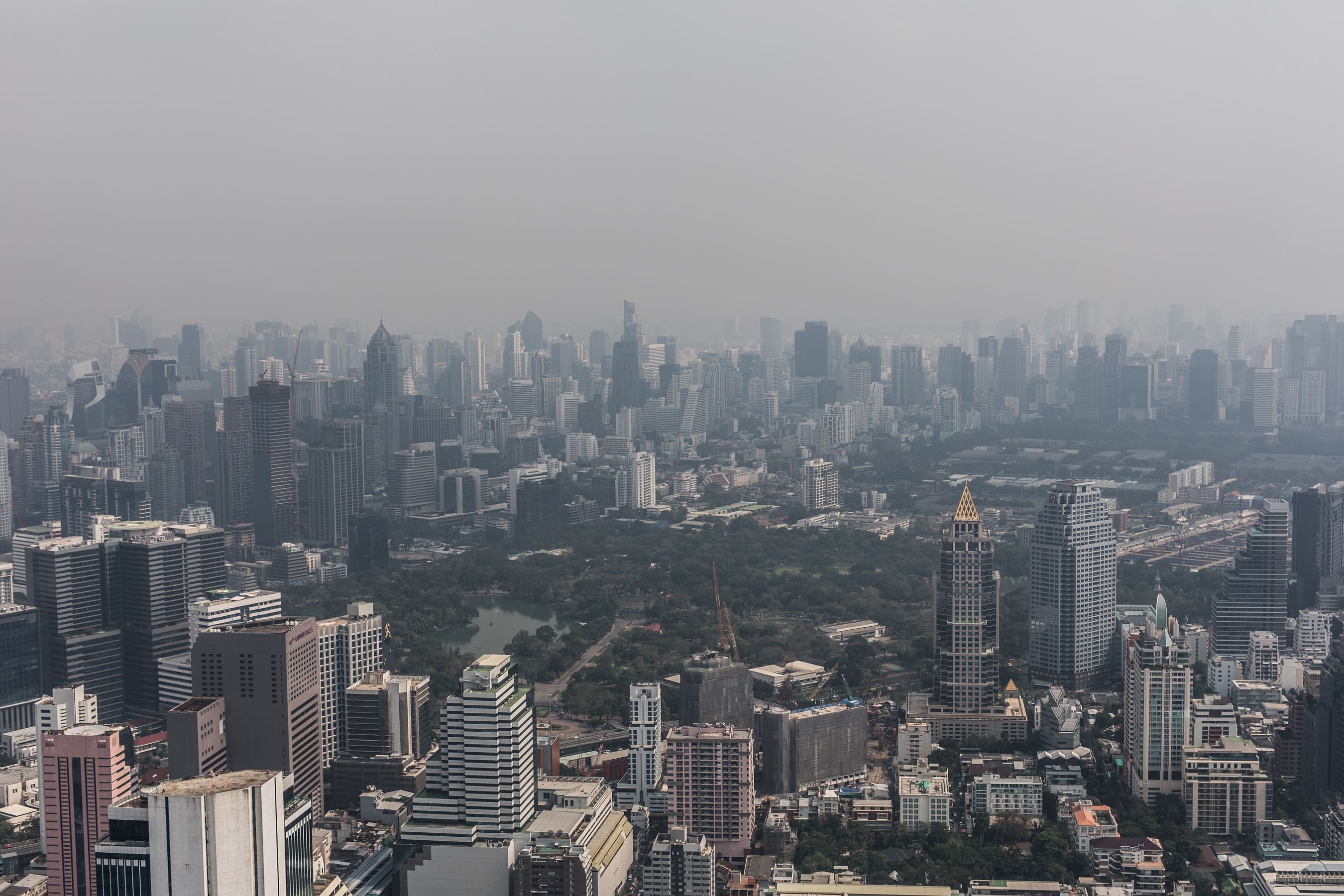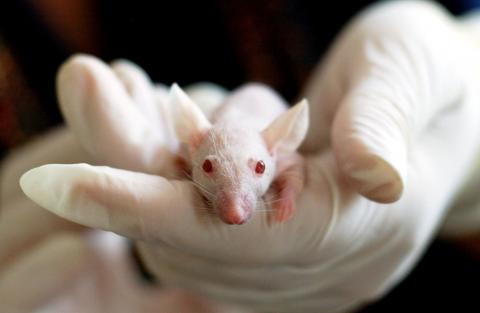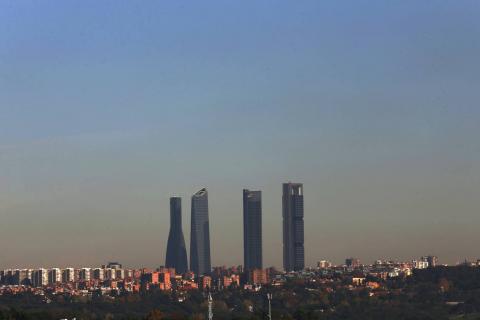Reaction: Determining how air pollution can cause certain types of lung cancer
An international group of researchers has conducted an epidemiological study to investigate the correlation between fine particulate matter (PM2.5) air pollution and certain types of lung cancer. The authors have confirmed their findings in animal models, according to research published in Nature.

Víctor Briz - contaminación cáncer pulmón EN
Víctor Briz
Senior Scientist at the Carlos III Health Institute, in the area of Environmental Toxicology of the National Center for Environmental Health
In this study, the authors conducted an epidemiological study in different populations in the United Kingdom, South Korea and Taiwan to establish a positive correlation between exposure to fine particulate matter (also called PM2.5 because they are smaller than 2.5 microns) derived from the combustion of fossil fuels and a higher incidence of lung cancer, specifically those mediated by mutations in EGFR (the epithelial growth hormone receptor).
It is important to note that this type of tumour also occurs in non-smoking patients.
The importance and significance of this study lies not only in confirming this association between pollution and the development of lung tumours with reliable statistical data, but also in going further by investigating and elucidating the mechanisms involved using animal models. Using genetically modified mouse models, the authors convincingly demonstrate that environmental pollution particles trigger an inflammatory response in the lungs, mediated by macrophages (immune system cells) and interleukin-1 (a pro-inflammatory molecule), which is responsible for stimulating the proliferation of certain cells of the lung epithelium (precisely those with EGFR mutations).
They also show that these types of mutations accumulate naturally with age and are not the result of other environmental factors (such as smoking or pollution) and, therefore, all people are susceptible to them; hence the importance of reducing levels of environmental pollution. Although the authors acknowledge minor methodological limitations in their study, such as estimates of particle exposure by region (rather than individual exposure) or the use of alveolar tissue without prior purification of cell types in the genetic analyses, these are minimal compared to the overwhelming scientific evidence provided to support their conclusions.
On balance, this study reinforces previous epidemiological work on the significant risk of lung cancer following sustained exposure to air pollution and goes a step further in elucidating the mechanisms involved.
Hill et al.
- Research article
- Peer reviewed
- People



